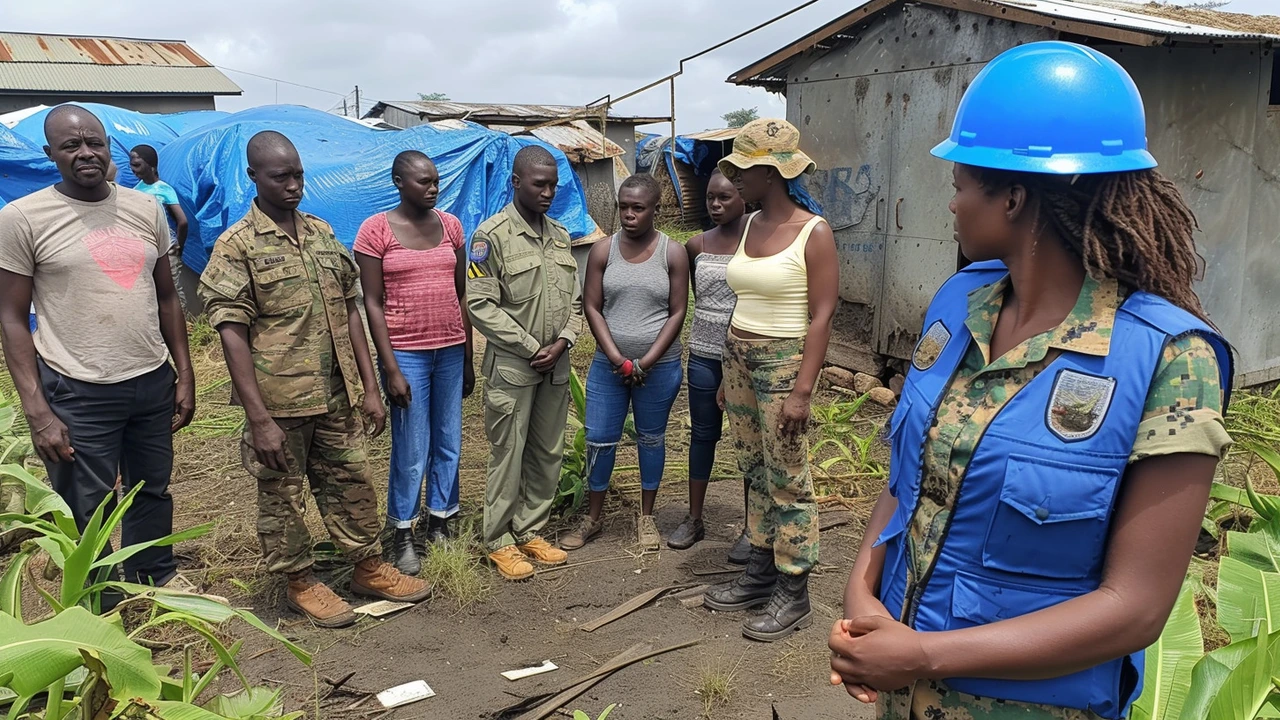Peacekeeping sounds simple: send trained teams, keep the peace. Reality is messy. Missions face unclear mandates, weak funding, limited manpower, and complex local politics. That mix turns even well-intended efforts into risky operations. If you want to understand why peacekeeping often struggles, here are the main challenges and realistic steps that can help.
Often mandates from the Security Council are vague or contradictory. A mission told to protect civilians but not to engage armed groups leaves troops stuck. Political pressure from contributing countries and host states shapes what peacekeepers can actually do. Fixing this starts with clearer, narrower mandates, agreed benchmarks, and regular reviews so the mission can adapt when the ground changes.
Money and skilled personnel matter. Many missions operate with gaps in logistics, medical care, and communications. Troop-contributing countries may send under-trained units or those lacking language skills for the environment. That gap increases mistakes and harms local trust. Better pre-deployment training, stronger vetting, and predictable funding tied to specific capabilities (medical, engineering, intel) make a real difference.
Protecting civilians is a priority but also a major challenge. Peacekeepers can be targeted, and civilians often live among armed groups. Rules of engagement must balance force and restraint. Clear protection-of-civilians plans, community liaison teams, and rapid-reaction units improve response times when violence spikes.
Coordination between UN agencies, NGOs, regional organizations, and national authorities is another sticking point. Overlaps create gaps and waste. Joint planning cells, shared data systems, and regular coordination meetings on security, aid delivery, and rule-of-law tasks reduce duplication and speed up responses.
Accountability matters for trust. Incidents of sexual exploitation or abuse by peacekeepers damage credibility. Robust complaint mechanisms, swift investigations, and real consequences for offenders help restore local confidence. Training on conduct and civilian protection before deployment must be mandatory and monitored.
Intelligence and technology are often underused. Missions without reliable situational awareness struggle to anticipate threats. Drones, secure communications, and local reporting networks can give early warning. But technology alone won't fix things—local knowledge and cultural awareness are crucial for interpreting data correctly.
Exit strategies and local ownership get too little attention. Some missions stay too long without transferring responsibilities, which creates dependency. Planning for handover from day one—strengthening local police, courts, and civil services—helps build lasting stability.
Finally, climate shocks and economic stress are changing conflict patterns. Drought, floods, and resource scarcity can spark violence where none existed before. Peacekeeping planning must include climate and development experts to reduce those risks.
Want a simple takeaway? Better mandates, steady resources, smarter training, stronger accountability, and genuine local partnerships give peacekeeping its best chance. That’s a practical path forward, not a perfect one—but it works more often than not when implemented together.
If you want more examples, check our posts on mission failures and successes, interviews that dig into tactics and reforms. Read case studies from Mali, DRC and Kosovo to see these issues up close today.

Hi there, my latest post offers you an inside look at the dynamics of peacekeeping. I delve deep into the intricacies, realities, and challenges that peacekeeping missions face across the globe. It's truly an eye-opener, highlighting the brave work of those striving to maintain peace under volatile situations. This is a fascinating, lesser-known aspect of global diplomacy that we seldom hear about but it's integral to our world's stability. Join me in understanding this better.
